Over the years, we’ve come to see Lara Croft as not only one of the video game industry’s most recognizable faces, but also as a strong female antagonist – perhaps the most noble since the early days of Samus Aran from Metroid. Ever since she first debuted in the original Tomb Raider back in 1996 (17 years ago!), she’s been showing off her prowess when it comes to exploration, dealing with enemies (animal, human and otherwise), and solving puzzles.
The series has really come a long way over the years, through a series of sequels that have continued her adventures. The early years have been rather good for it, with Core Design leading the charge in development, but then the company slipped with the release of The Angel of Darkness for the PlayStation 2, which is considered the weakest in the series.
Crystal Dynamics, a developer who has been helming it ever since, brought it back to life effectively in 2006 with the release of Tomb Raider: Legend, an effective reboot that focused more on the free-flowing action of the series, rather than concentrating so heavily on mythos. Since that time, the team has done remarkably well with it, with the release of Anniversary (a recreation of the original Raider), Underworld, the downloadable spin-off Lara Croft and the Guardian of Light and a compilation release, Tomb Raider Trilogy, for PlayStation 3.
But this Tuesday, the team is taking yet another gamble, this time going back to Ms. Croft’s roots with the prequel Tomb Raider. Gone is the confidence that Lara has come to build over the years, and gone is any sort of foundation of her action skills. Instead, we have a 16-year old Croft, going on a mysterious voyage aboard the Endurance in order to make her mark. However, when a violent storm throttles the ship and tears it to pieces, her tale of survival begins.
With Tomb Raider, Lara has to rethink all her survival instincts, and essentially become the person she ends up being in later chapters of the series. But it’s a bumpy road, filled with peril at every turn. When Lara awakens on an island, she finds herself captured by mercenaries and tied up, hanging upside down in a catacomb. Using puzzle solving skills (basically involving a fire that can eat through the ropes), she manages to get free, only to get herself injured in the process – something we don’t see too often in the Tomb Raider series.
But that’s just the beginning of Lara’s troubles, as she’s still trapped in a cavern with mercenaries lurking about, and hardly any weapons to utilize. In fact, the only tool in her possession at the start of the game is a torch, which she needs to use in order to light up items in the environment to clear a path. On top of that, she has a few close calls with mercenaries, where you literally have to button mash your way out of, lest you end up on the business end of a knife.
Enemies are just a portion of Lara’s troubles over the course of her journey. She’ll need to make death defying escapes from crumbling caves, fend off against wolves that can smell her scent from a mile away, and even hunger. In fact, the second stage of the game introduces you to the hunting element, which you’ll need to master in order to avoid starvation. You’ll locate a bow from a killed thug high up in the tree, and after craftily climbing your way up to it, you’ll have her bring it down and use it to kill – and gut – a nearby dear, so she can eat.
Rarely have such survival instincts been seen before in the Tomb Raider franchise – usually, Lara just gets around without worrying about having a snack, as she’s too busy otherwise fighting perilous odds – but it looks like it’ll work just fine for the reboot, mainly because you see how Lara eventually shapes her survival skills into something of good use. She becomes at ease with her bow and arrows rather easily, and even develops some other combat techniques as the game goes on, eventually becoming strong enough that she gains confidence – the very tool she needs to become the survivalist she’s become known as through the years.
That said, when you first pick up the game this Tuesday, you’ll still need to keep an eye open throughout the world. Peril lurks at every turn, and not just from enemies roaming around in the area. For the first time since Legend, Tomb Raider features a number of ways where Lara could violently die, and some of them are from natural situations.
For instance, there’s one sequence in the game where Lara finds herself almost uncontrollably sliding down a waterfall ridge. She moves at a rather rapid pace, and can move left and right, but can’t really slow down. As a result, you need to keep an eye open for branches that come in her way. She’ll need to avoid them in order to keep going and successfully survive the ride. Otherwise, she’ll shove chest first into a branch, stabbing her heart and killing her. Again, it’s part of the stark reality that Crystal Dynamics is putting into the game, but it helps the player recognize more of the danger lurking about the island – and how to get Lara out of it so she can continue fighting on.
One trait that players will become familiar with is platforming. Though it appears at first that she’s weakened by her injury, Lara remains quite able at climbing onto ridges and across chasms, going across hand by hand. She also has a knack for exploration, even at her early age, so you can spend time exploring the island and seeking out side quests and bonus challenges. We’re glad this part of the game was kept intact.
Everything has been touched with the new Tomb Raider, and yet, not to the point that you can’t recognize Crystal Dynamics’ superior design. A lot of time and investment was put into this prequel, and it shows in every bit of the development we’ve seen thus far. You’ll see for yourself when the game rolls around March 5th, for PC, Xbox 360 and PlayStation 3.


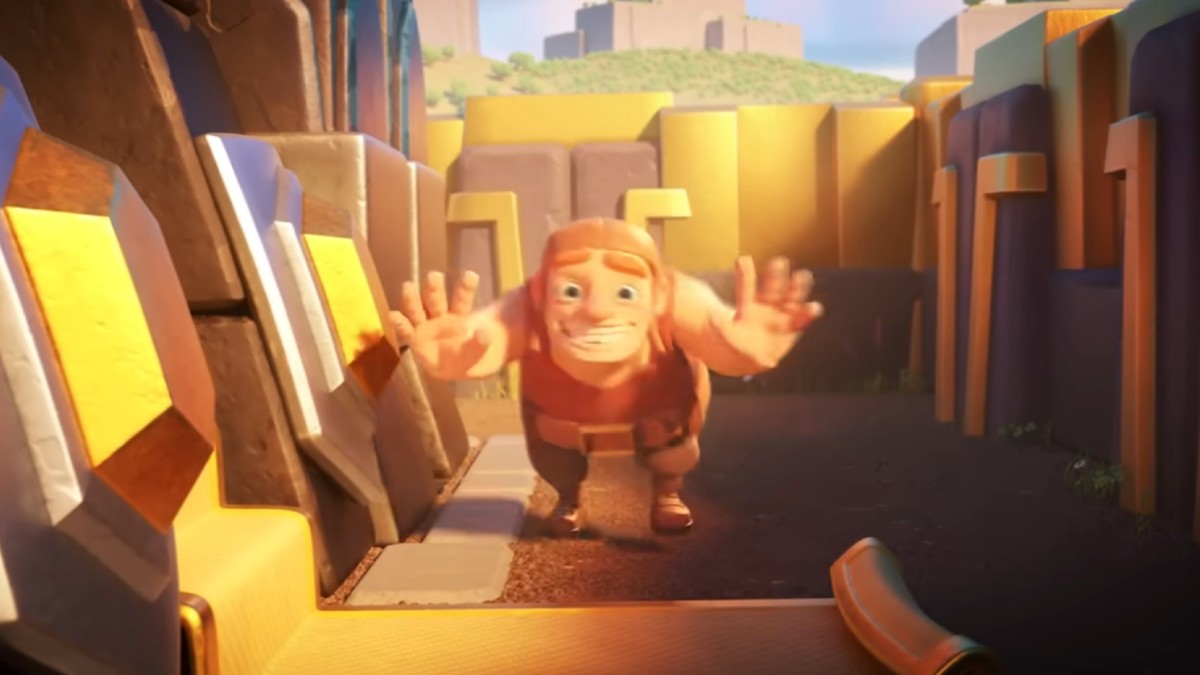
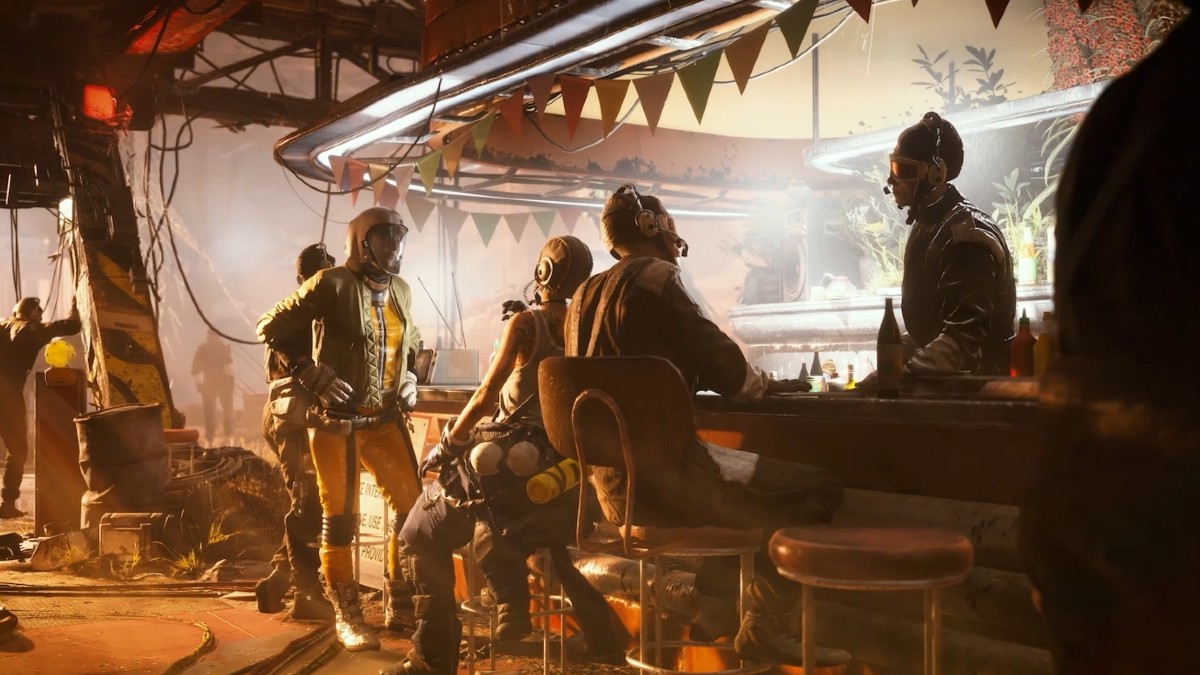
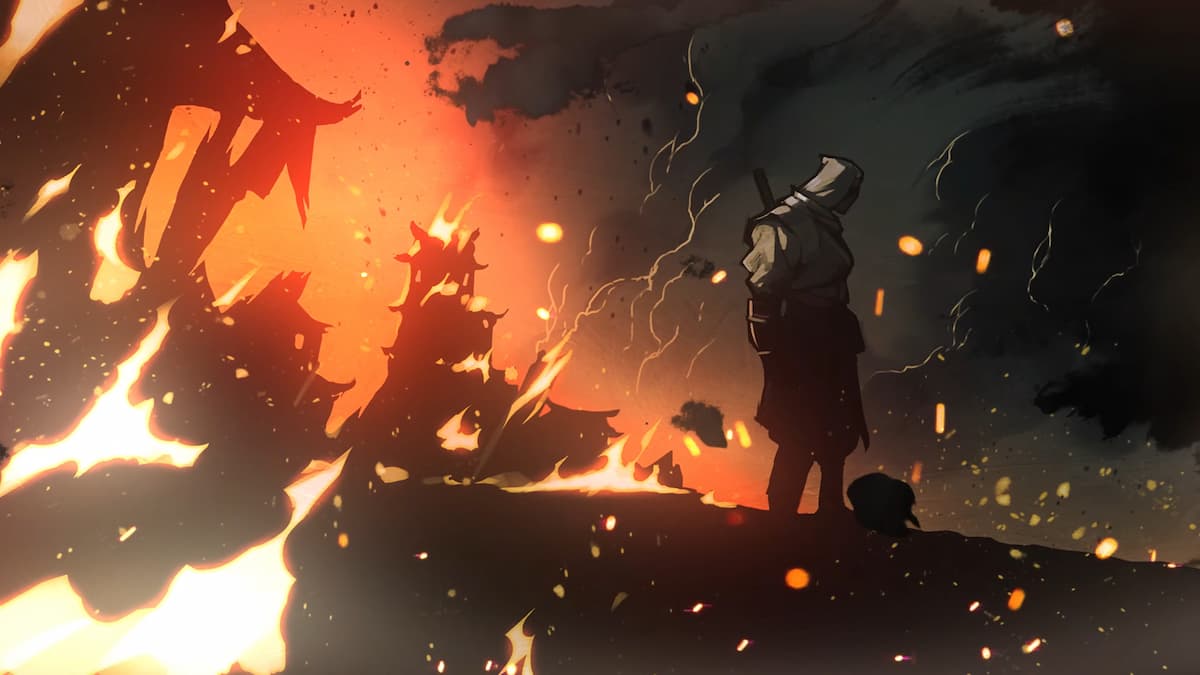


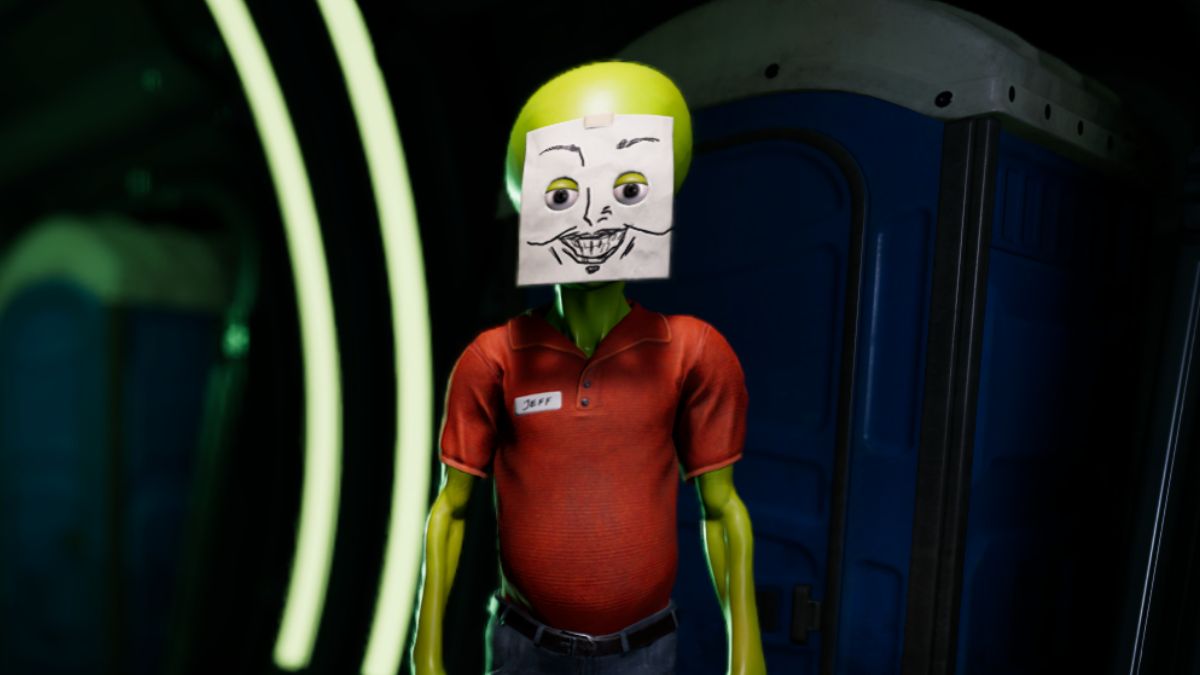

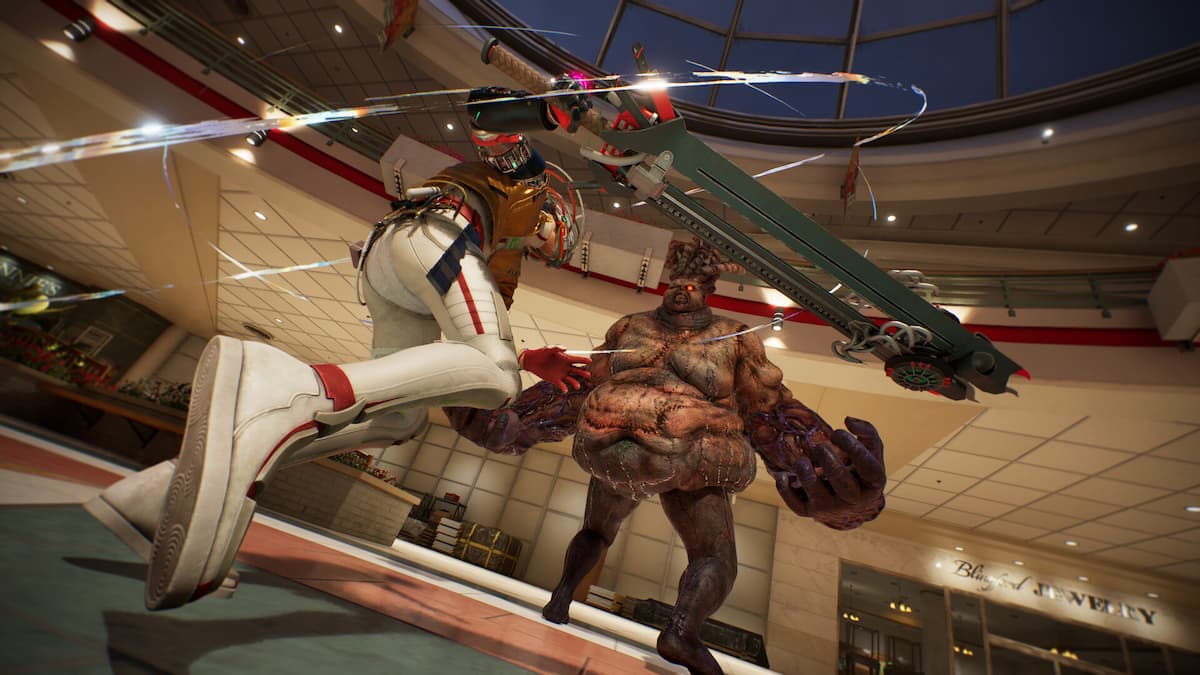


Published: Mar 1, 2013 05:22 pm